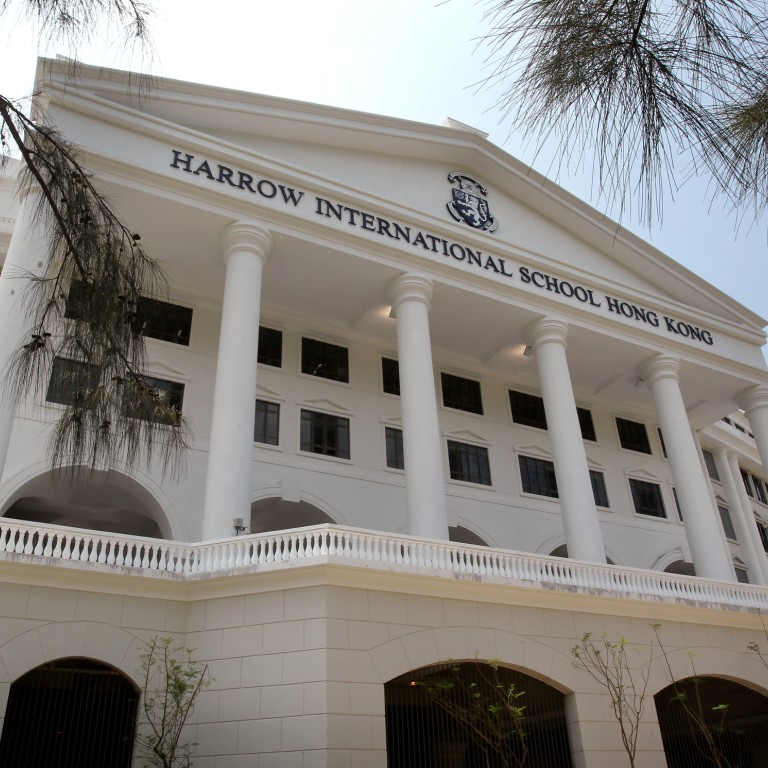
End red-carpet treatment for Hong Kong international schools
Philip Yeung questions government thinking amid shortage of places
Let me make a simple prediction: Hong Kong will live with its chronic shortage of international school places for as long as we maintain our illogical thinking.
Consider this: in Singapore, international schools are off-limits to locals. Exceptions are made only for children returning from overseas. As a result, locals account for only 4 per cent of overall international enrolment. Here, international schools are permitted a local intake of 30 per cent and as much as 50 per cent for Harrow. Some schools, openly flouting the rule, go as high as 80 per cent.
The government rolls out the red carpet to international school operators, giving some a government-built campus costing HK$100 million, on top of the generous land grant for which the school operators pay a nominal fee of only HK$1 per month. The question is: is Hong Kong getting good value for this largesse?
The local intake of international schools should be capped at 10 per cent of enrolment
Most schools trade heavily on the "international" brand, while running them as for-profit businesses. How else do you explain the non-refundable application fee of up to HK$5,000 they slap on each candidate? I call this a "prayer fee", for there is only a prayer of a chance of being winners in this educational lottery.
In one particularly offensive case, only 88 vacancies are on offer, to be filled according to four pre-set priority categories: children of donors; children of staff or alumni; siblings of enrolled students; and, debenture holders. Thus allocated, all vacancies were already spoken for. And yet, an application fee of HK$2,000 was exacted from each of over 2,000 applicants, thus raking in more than HK$4 million for doing nothing more than processing the applications.
Rattled by criticism over the shortage of places, the government has basically turned a blind eye to the questionable business conduct of some schools with unfettered freedom to levy a dizzying array of fees on helpless parents.
Hong Kong's situation is bedevilled by two factors that Singapore doesn't have to contend with: a dysfunctional local school system and voracious demand for quality education from the mainland.
International schools are not the only ones with long waiting lists.
But what happens elsewhere in the system negatively affects their accessibility. In dealing with Direct Subsidy Schools (DSS), the government has adopted a different attitude. To save at-risk schools, it is now hastening the end of some DSS schools. If the lease on a DSS campus expires, it will only be given temporary shelter and is forbidden to poach students from its new neighbourhood with its shrinking student population.
But putting the squeeze on DSS schools only compounds the problem, as displaced students flock to international schools.
When it comes to public education, Hong Kong stands indicted for the sorry state of local schools.
What, then, is the government to do? For one thing, civil servants should be forbidden to send their children to international schools. They have no business elbowing out expatriate children. Besides, public servants need to be emotionally vested in the system they have created.
Next, the local intake of international schools should be capped at 10 per cent of enrolment.
Finally, it's time to humanise local schools. If we don't loosen the tyranny of textbooks and exams, and let the joy of learning into the classroom, we will end up with robots for graduates. The short supply of international school places would be the least of our worries.
It seems that to do a roaring business with education, you just need to set up a school and call it "international".

